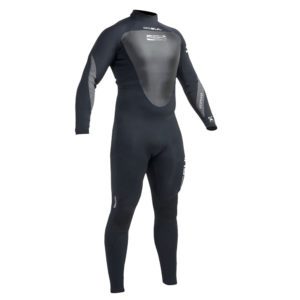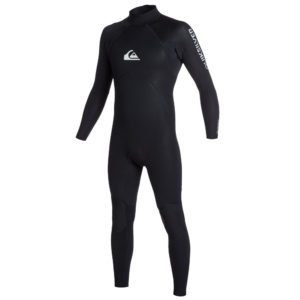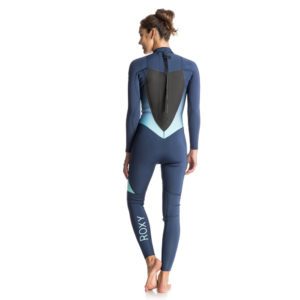So, you’ve had a surf lesson, maybe even a few and now you’re hooked. If you intend to keep surfing as much as possible in the UK you’re going to need a wetsuit because even on the hottest days, the water is cold. You might get away with one warmer-than-average-day in summer which allows for a suitless surf. Average water time around 20 minutes before your entire body goes into hypothermic shutdown and your dangly bits, well, hasta la vista!

Don’t go second hand
There are lots of second-hand wetsuits out there on eBay, Gumtree or those sorts of sites, but do you really want a suit that’s past its use-by date, has holes in the seams letting in that ‘oh so cold’ water? AND that someone has probably peed in, even if they say they haven’t? Swimming around in your own wee is bad enough but someone else’s second had urine? Ewww!
There are loads of good quality well-priced wetsuits out there to fit all sizes, shapes and wallets, probably for not much more than you’d pay for a second-hand suit either. Buying new is a good investment.
So what suit do I need?
Most UK surfers use 3/2 for summertime surfing. Don’t bother buying a short suit unless you’re less than 5 years old or planning to surf in the tropics for most of the year. Long suits are the way to go for the UK.

What does 3/2 mean?
A 3/2 wetsuit is one where the thickness is 3mm on the core body parts (back, chest, stomach, kidneys) for warmth and 2mm on the arms and legs for flexibility for paddling and crucially for popping up easily.
It’s a good choice for summer surfing in the UK or Europe and will keep you warm from April to November in British surf. Choose a suit that has glued and blind-stitched seams for a watertight seal and a back zip style is easiest put on and take off. No embarrassing cries of;“I’m stuck in my wetsuit. Maureen, call the fire brigade!”
Quiksilver and Roxy have excellent 3/2mm wetsuits. For sizes and prices click here.
What does 4/3 mean?
The higher the figure the thicker the wetsuit and the warmer it will be. So a 4/3mm wetsuit will serve you for surfing cold water throughout the autumn and winter months in the UK, November to April. With thicker 4mm of neoprene around the middle body to keep warmth locked in and 3mm neoprene on the arms and legs for greater flexibility. For Scottish or North East coast surfers go for a 5/4/3mm suit with built in hood. The more frigid the water, the thicker the suit needs to be.
At our surf school, we need a wetsuit that will take plenty of punishment, keep the customers warm and fits a wide variety of people. The Quiksilver Syncro Base fits the bill for us with an impressive spec at an incredible price. For details fo this and all our winter suits, sizes and prices click here.

Chest zip or back zip?
Traditionally wetsuits were all made with back zips. Back zip wetsuits are easier to climb in and out of so if you’re a little over your fighting weight then I would recommend those. New wetsuit designs have increased flexibility and therefore chest zip suits are easier than they used to be to climb in and out of. Personally, I still struggle. They also tend to be a little pricier as more construction has gone into the design. Ultimately, it’s about personal choice. Both are pretty good.

We stock a wide range of both summer or winter wetsuits in a range of sizes, styles, and prices with brands like Quiksilver, Roxy, Gul and Globe. Take a look around and buy online here. Or just pop in if you’re in Cornwall, we’re open from 10am to 6pm, seven days a week.
If you’re not quite ready to buy we also hire all new Roxy, Quiksilver and Gul 3/2 wetsuits. For more details or to hire, click here.




